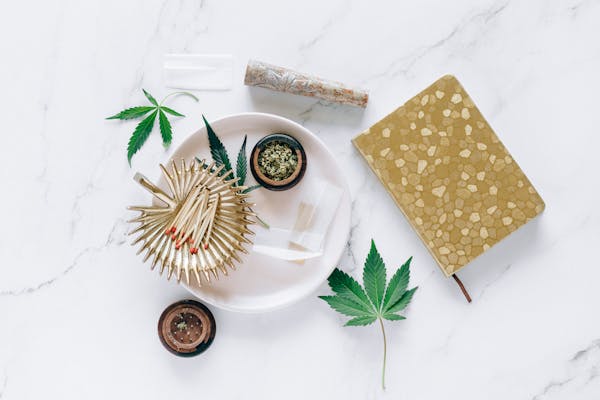Decarboxylation Explained: How THCa Flower Becomes THC
In the world of cannabis, understanding the transformation of THCa into THC is fundamental for both consumers and cultivators. This process, known as decarboxylation, is a chemical reaction that plays a pivotal role in unlocking the psychoactive properties of cannabis. This article from indacloud.co explores the science behind decarboxylation, its significance, and how it impacts the consumption of cannabis products.
Understanding THCa and THC
THCa, or tetrahydrocannabinolic acid, is a non-psychoactive compound found in raw cannabis plants. It is the precursor to THC, the compound responsible for the psychoactive effects associated with cannabis use. THCa is abundant in fresh cannabis flowers, but it does not produce the “high” that THC does.
THC, or delta-9-tetrahydrocannabinol, is the compound that interacts with the brain’s cannabinoid receptors, leading to the euphoric and psychoactive effects. The transformation from THCa to THC is what makes cannabis effective for both recreational and medicinal purposes.
The Science of Decarboxylation
Decarboxylation is a chemical reaction that removes a carboxyl group from THCa, releasing carbon dioxide and converting it into THC. This process is typically activated by heat, which is why smoking or vaporizing cannabis is effective in producing psychoactive effects.
The reaction can be represented as follows:
- THCa (C22H30O4) + Heat → THC (C21H30O2) + CO2
Decarboxylation can occur naturally over time as cannabis is exposed to light and air, but this process is slow and inefficient compared to heat activation.
Methods of Decarboxylation
There are several methods to achieve decarboxylation, each with its own advantages and disadvantages. Here are some common techniques:
- Smoking: The most traditional method, where cannabis is ignited, instantly decarboxylating THCa into THC.
- Vaporizing: Heats cannabis to a temperature that converts THCa to THC without combustion, preserving more cannabinoids and terpenes.
- Oven Decarboxylation: Baking cannabis in an oven at a low temperature (around 220°F or 104°C) for 30-45 minutes is a popular method for those making edibles.
- Slow Cooker: Using a slow cooker with oil or butter can decarboxylate cannabis over several hours, ideal for infusing into cooking ingredients.
Factors Influencing Decarboxylation
Several factors can affect the efficiency of decarboxylation, including temperature, time, and the moisture content of the cannabis. Finding the right balance is key to maximizing THC content without degrading other valuable compounds.
- Temperature: Too high a temperature can degrade THC, while too low may not fully convert THCa.
- Time: Longer exposure to heat can increase conversion but may also lead to degradation.
- Moisture: Excess moisture can hinder the process, so drying cannabis beforehand is recommended.
Case Studies and Research
Research has shown that decarboxylation is a critical step in maximizing the therapeutic potential of cannabis. A study published in the Journal of Chromatography A found that optimal decarboxylation occurs at 230°F (110°C) for 110 minutes, achieving nearly complete conversion of THCa to THC.
Another study highlighted the importance of decarboxylation in medical cannabis, where precise dosing is crucial. Patients using cannabis for pain relief or other conditions benefit from understanding how decarboxylation affects potency and efficacy.
Practical Applications
For those interested in making cannabis-infused products, mastering decarboxylation is essential. Whether creating edibles, tinctures, or topicals, ensuring that THCa is fully converted to THC can significantly impact the final product’s effectiveness.
Home cooks and commercial producers alike can benefit from experimenting with different decarboxylation methods to find what works best for their specific needs and desired outcomes.
Conclusion
Decarboxylation is a transformative process that unlocks the psychoactive potential of cannabis. By understanding the science behind it and the methods available, consumers and producers can optimize their cannabis experiences. Whether through smoking, vaporizing, or cooking, mastering decarboxylation is key to harnessing the full benefits of this versatile plant.




